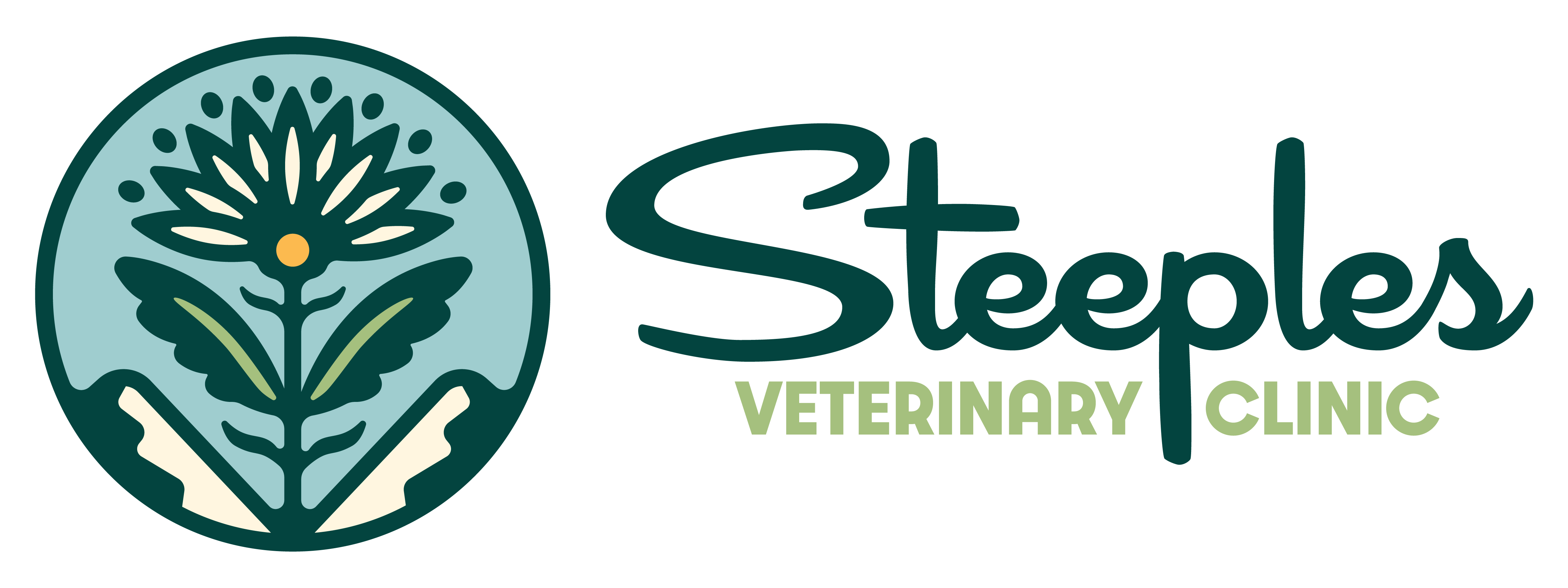I heard a colleague say that along with politics and religion, you should never talk about pet food and what people are feeding their pets.
I get why this could be a thing: there are so many new pet foods out there in the last 10 years. There are so many opinions and so-called experts and there is so much aggressive marketing. Pet owners can be very passionate about what they feed their pets.
But I am a veterinarian. I am a doctor and a scientist with a goal of helping pets. I think we SHOULD talk about pet food. No, I’m not a veterinary nutritionist, and I’m not an alternative/holistic veterinarian. But I am trained as a general veterinarian, I do study researched articles, I attend veterinary continuing education, and I have a lot of hands-on experience with my patients.
I know that our pets are part of the family and we want the very best for them. But they have become so anthropomorphized that whatever seems to be the latest diet trend/fad/craze for people is now the going concern for our pets as well. Much of what people believe comes from the media, from marketing, and from celebrities on social media.
I don’t want to upset pet owners or get on a soapbox because I have no soapbox. I want you to be informed. I have the responsibility to educate you and to challenge unscientific, fear-based marketing ploys.
These are some hot button points/untruths:
- Grain and corn are bad for pets
- Natural is better.
- By-products are bad.
- Raw food is better and healthier for pets
Myth: Grain and corn are bad for pets.
So, maybe wild canines don’t eat corn, but wild animals are also one step away from starvation. They have little fat reserves because they eat food (other wild animals) that is low in energy and high in protein. Corn and grains are a source of carbohydrate that if added to diets in a proper amount allow us to feed our pets affordably and in a more sustainable, earth-friendly way (plant proteins have a lower impact on the environment than animal proteins).
I am not saying that our pets need to be vegetarian or vegan. Just that protein, made up of individual amino acids, can be sourced from many places. An amino acid is an amino acid and it doesn’t matter where it comes from. It only matters that there are enough of the correct amino acids in the right ratios to make up a complete or whole dietary protein for the type of animal being considered.
Corn is a nutritious nugget. It’s a good source of two amino acids, which make up protein. The carbohydrate part of corn is used as an energy source in pet food. Corn is also a source of fatty acids, antioxidants, fibre, vitamins and minerals. It is affordable and available. Unless your pet is actually allergic to corn, there is nothing bad about it in the right amounts.
Did you know that only a very small percentage of skin irritations in dogs and cats is due to food allergies?
Grains contain a very digestible protein called gluten. There are only a very few dogs that are intolerant to gluten. Celiac disease is a human disease, and although there is a similar condition in some setter type dog breeds, it is very rare. Sensitivities to grains and/or gluten in dogs may exist, but they are super uncommon. In general, grains are a very good source of digestible amino acids (but not complete protein), carbohydrate, vitamins, and fibre.
The most important thing in pet food is high quality nutritional ingredients in the right proportion for the animal’s dietary needs. Yes, some animals have allergies and sensitivities, but that’s no reason to condemn the whole group.
I like strawberries and think they’re wonderful, but some people cannot enjoy them because they’re allergic to them. It doesn’t make them bad.
Many commercial grain-free diets that have potatoes or legumes instead of grains have now been shown to be at the root of a life-threatening heart condition in dogs call cardiomyopathy. The condition is related to an absence or imbalance of the amino acid, taurine. The relationship between grain-free and this missing amino acid is not quite understood yet. We have seen dogs in our practice with this heart condition that was totally caused by a diet heavily marketed as healthy and grain-free.
This leads me to another myth…
Myth: Natural is better.
Well, no. Not always. This is nothing new to you. Poison ivy is natural. Tornadoes are natural. Forest fires are natural. Oil bubbling up out of the ground is natural. Having well organized sewage retrieval systems in our cities is not natural. (But it sure is good and sure goes a long way to improving the sanitation and decrease spread of diseases in our country). Natural is not always what you want.
We need to look at what natural means. Just because something was added, even a flavour or a preservative, doesn’t mean that it’s bad. Preservatives actually improve the flavour and lifespan of pet food. Flavours make eating enjoyable for fussy pets and help to keep your pet eating nutritionally sound food instead of salty junk food that’s not so good for him.
I have always been confused by the stigma concerning protein derived from “by-products”. By-products are the things that people don’t eat from butchered animals, such as the internal organs and intestines. A wild animal eating another wild animal will eat these parts first, as they have far more nutritional value than the muscled part of the carcass, which is what humans eat. All proteins are not the same. What matters is how digestible they are and what complement of amino acids they have. By-products would be considered “natural”, and yet they are heavily shunned on many marketing campaigns.
The movement toward avoiding vaccination and feeding raw diets – both very dangerous “natural” practices, is a threat to animal welfare. This is only made worse by marketing that capitalizes on people’s misconceptions and fear.
Raw diets.
Raw food is definitely what animals eat in the wild. But there is no research that proves that raw has more nutritional value than cooked food. Cooked food is definitely safer than raw. Yes, dogs and cats have more resistance to bacterial disease in raw food than humans, but they are not immune to them. As a veterinarian, I see many cases of digestive upset and illness related to raw food ingestion, either purposefully or raw food that animal found on its own. Intestines perforated or obstructed by bones and pet dental fractures are very commonly caused by chewing on bones.
The biggest danger is to human health. A raw diet is swimming with bacteria that pose a health risk to pets and humans Salmonella, Campylobacter, E. coli, and Staph aureus are just a few of the organisms that linger in raw meat. Raw food contamination of feed dishes in your home, and contamination around your pet’s mouth/lips is a true source of concern. Pets that eat raw food shed the bacteria in their feces, another source of contamination risk to humans.
Many raw diets are also not nutritionally complete.
Despite this, however, the raw food diet movement is huge and many pet owners and even some veterinarians swear by it. There is just no clinically proven benefits of a raw diet, but the hazards and risks are well documented.
I am not going to push this further. I know that it’s a hot topic. But I do want you to take raw food seriously. Do your research and know what you’re getting into. Talk to a veterinary holistic nutritionist at least, and know that this is not a diet to play with or take lightly. It takes work, research, knowledge, strict cleanliness, and money.
What about commercial pet foods?
Well, if you stick with the companies that put a lot of their time and resources into research, testing, and quality control, you will be on the right track. I can name a really good company that puts huge amounts of time and money into testing and quality control. Seriously, I think it’s higher than human food company standards. I’ve visited the company and it’s food production facility and I was impressed. Just ask me or anyone on our staff which company this is.
Yes, there have been serious problems with ingredients in commercial pet foods. Very serious. But you don’t hear about all the many more numerous serious problems caused by boutique trendy foods and raw foods to the same degree because there are so many variables.
Bottom line is: be a smart consumer. Don’t fall prey to heavy marketing that follows human trends. Try to stay with what’s been tested and researched and known to be the best nutrition for your pet.
Always talk to your veterinarian. We are trained and if we don’t know, we have resources to find out.
Some parting words…
“You are what you eat”.
and
“Food is medicine”.



